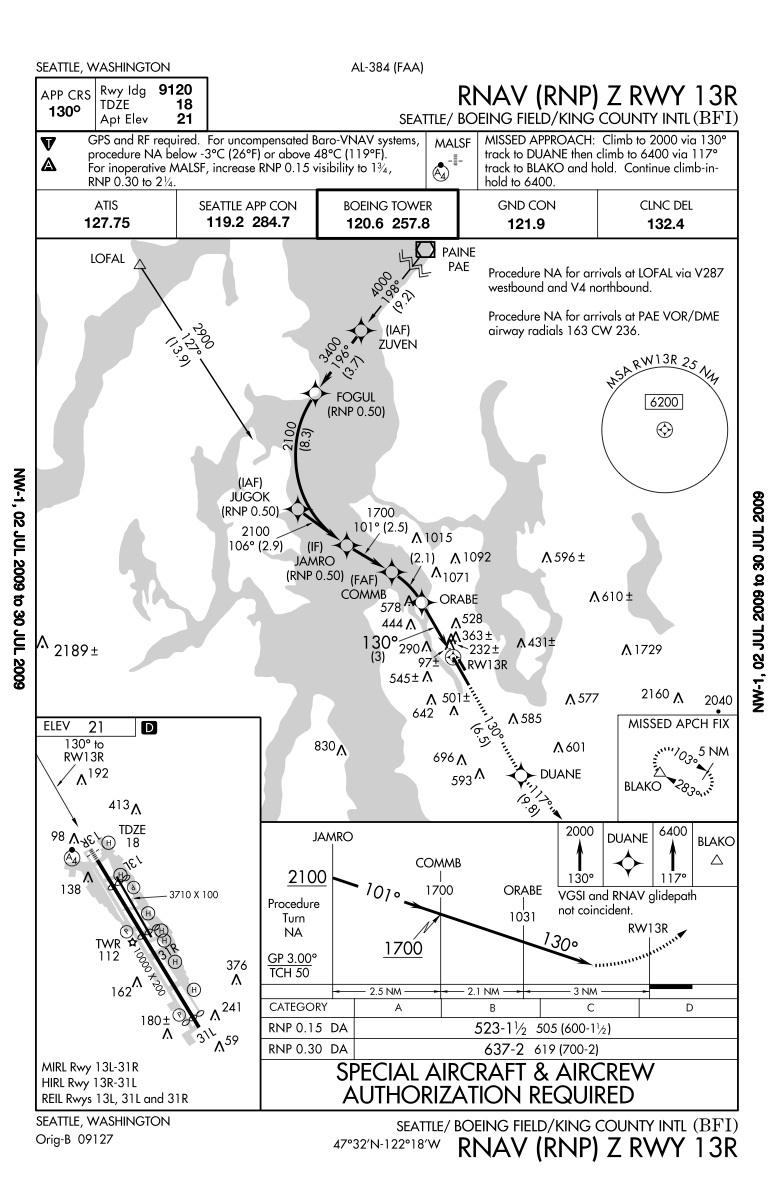Niner_Mike wrote:
Forum,
I just did and passed my annual IR proficiency check (EASA). The examiner told me that i should be obtaining PBN Privileges by obtaining PBN training from an approved course at an approved ATO, and be checked by an approved examiner…
Problem is: no such things as approved ecaminers, schools or instructors in Belgium.
I am flying GPS approaches and in RNP5 airspace since 2007 with approved avionics. I believe i am proficient in the matter of various GPS approaches.
Is there a grandfathering right?
Do you know a flightschool / instructor / examiner combination?Really? Seriously EASA?
Peter wrote:
Does anyone have any idea how much longer I can fly IFR in Europe with my KLN94? That’s only slightly tongue in cheek!
Pretty much so, yes.
There may or may not be RNP1 procedures introduced to the LTMA over the next few years, and there may or may not be an RTF requirement for that, and there may or may not be radar vectored alternatives for non compliant aircraft.
This is a huge exercise in FUD, with officials, who don’t understand the point of what they are being asked to do, only adding to the mess.
In my opinion the NAAs should “just say no” until there is some sense and clarity.
Peter wrote:
Is RNAV5 same as BRNAV i.e. the standard old thing?
4.3 In the context of the terminology adopted in the Performance based navigation manual (Doc 9613) of the International Civil Aviation Organization (ICAO), B-RNAV requirements are termed RNAV 5.
Peter wrote:
Is RNAV5 same as BRNAV i.e. the standard old thing?
For practical purposes, yes. It is not exactly the same but regs say that on EASA-reg your aircraft may do RNAV 5 if it has BRNAV approval and RNAV1 if it has PRNAV approval (GM1 to NCO.IDE.A.195). If you’re N-reg it’s up to the FAA to decide.
Yes. Confirmed by this document
OK. I had assumed all of Europe was BRNAV above FL095, which was to be the position years and years ago, but – I learnt there – it had not been implemented. This point is moot since even a KNS80 with an antenna filter is BRNAV compliant, and so is every IFR GPS 
There may or may not be RNP1 procedures introduced to the LTMA over the next few years, and there may or may not be an RTF requirement for that, and there may or may not be radar vectored alternatives for non compliant aircraft.
In addition to Timothy’s summary of the UK position, is anyone likely to be implementing any of this anytime soon?
A search here on EuroGA for e.g. “PBN” digs out a number of threads which show the total confusion around this topic. To me it looks like a load of officials trying to implement something they don’t know what it is supposed to do and why they should be doing it.
For example, and I am sure we did this before too, what is “radius to fix”? That happens anyway; no GPS driving an autopilot flies all the way to the waypoint before turning.
Timothy wrote:
There may or may not be RNP1 procedures introduced to the LTMA over the next few years, and there may or may not be an RTF requirement for that, and there may or may not be radar vectored alternatives for non compliant aircraft.
I have been in meetings where RTF is discussed as part of terminal procedures. Several airlines resist on the basis of not being equipped.
Radius to Fix is essentially a DME arc without a DME. Point Merge is an obvious application, but it also allows aircraft to be turned close to one another without the risks inherent in flyover and flyby turns, which depend on speed, wind and equipment reaction time.
Peter wrote:
For example, and I am sure we did this before too, what is “radius to fix”? That happens anyway; no GPS driving an autopilot flies all the way to the waypoint before turning.
Timothy was quicker with his answer… the main difference is that your autopilot will compute a radius based on your present speed so that it will result in a smooth interception of the next leg. A real radius-to-fix however is a prescribed ground track which must be followed precisely. In the States there are approach procedures along curving valleys where this matters a lot. Look at this example here (Seattle) where the leg between FOGUL and JAMRO is radius-to-fix. Not good if flown to widely or if the corner gets cut…

This old thread now seems very relevant…